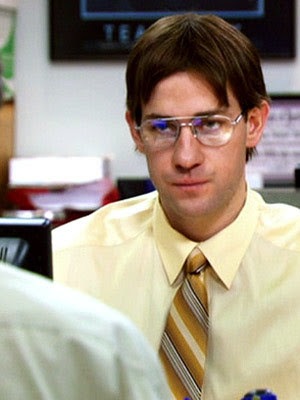- Joined
- Apr 13, 2015
- Messages
- 1,389
- Reaction score
- 1,882
- Points
- 5,261
That's mostly protectionism. Otherwise, we would just let them sit for our board exams, especially for non-patient-facing specialties like radiology.
Even then, there are more and more US board-certified docs who return to their native countries, especially given our current friendly atmosphere. Many would rather work for 30-50% of their American salary "at home" and live even better than in the US. Mark my words; this is coming, more than AI. Anything that can be offshored/outsourced for much cheaper will be. It's already happening for overnight diagnostic radiology.
If you mean protectionism as in protecting patients, I agree. Patients benefit from the standardization of our current system of medical training. Midlevels are a great example of why we need that.
I'm not familiar enough with radiology boards to say whether just passing that would be enough.


